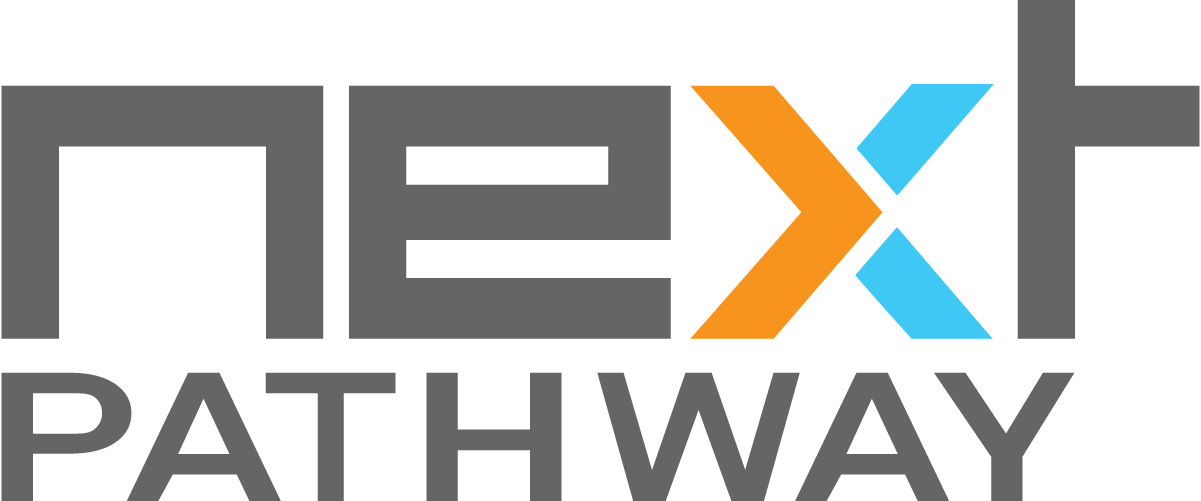How to Interpret Enterprise Data Architecture in 2019
One of Enterprise Data Architecture’s (EDA) roles is to interpret the variables of continuous changes, driven by the challenging objectives set by business sponsors. The key to translating is to work in both directions by understanding the business needs and measuring the capabilities of system designs.

This equation has become more complex with the emergence of Big Data, Cloud as a Service, Data Science, Machine learning, No SQL databases, Real-time streaming platforms, Dockers containers, Repositories & Orchestration containers, and Microservices.
All these new technologies aim to achieve the common goal of providing a comprehensive solution for the enterprise, whether building or buying a new data architecture.
In Enterprise Architecture, data transformation keeps growing with the explosive growth in data. IT departments are changing and have submitted their attention to enterprise conduct by managing and analyzing the changes in the operational landscape.
The top challenge is preparing Data Architecture to cover all the aspects of digitizing the business. After constructing a strategy to centralize data and analytics, the design should aim toward data architecture where the business will require more collaboration between IT departments. Data warehousing, integration, and reporting initiatives also provide a strong foundation for enterprise data architecture strategies.
For the enterprise, one of the main assignments is to examine the needs of the business before making costly technology decisions. Doing so helps avoid the needless departure of legacy architectures to acquire high-speed transactional architecture that can be placed in the real-time data streaming.
Implementation
To implement end-to-end digital data architecture, an enterprise needs first to develop a point of view on its current platform and, if possible, future business requirements by mining the current data stored in existing data warehouses. Doing so helps to create a project roadmap for implementation. To begin, one must identify the key business use cases.
The recommendation is to perform a thorough review of the industry's best practices using cases across common value drivers, financial transparency, customer relationships, rapid product design and development, real-time operational reporting sketches, and so on. Before implementing any strategy, it is important to inventory, analyze, and document the current architecture to find opportunities for improvement.
Merging the physical data with digital data is one of the key ingredients in gaining a better understanding of the potential of advanced analytics, big data, and better data management to improve data quality. Remember the factors involved in enterprise data architecture.
To all these factors, we must add those emerging EDA Solutions that play a crucial role.
No SQL Databases are databases that pair each key with a complex data structure, otherwise known as a document. This is a simpler architecture that can also present a more straightforward software engineer perspective; helping the business to respond more quickly to the requirements of its internal and external customers.
Real-time streaming platforms like streaming analytics based on IoT (Internet of Things) and extracting information from platforms like Big Data are using first-hand real-time processing. The power of real-time streaming allows a business to manage real-time events and build mission-critical applications that will require quick performance and high demand premise of data efficiency.
Containers
Docker Containers is a standardized unit of software that builds a package of software into a standardized unit for development, shipment, and deployment. It is proven to be a reliable system that runs an application from one computing environment to another with the ease of lightweight code. It can add a new security layer in the data lifecycle execution and automatization process, which is beneficial for DevOps and troubleshooting a large scale of platform resources.
Containers Repositories is a key component to leverage converged data platforms and the agility of DevOps process and enables images to be stored for ongoing deployments or to deal with multiple data centers with advanced and enhanced features mirroring capabilities between on-premises. The cloud might be much more diverse than your on-premises data centers.
Containers Orchestration is a release valve to hardware high demand consumption due to its agility to set dynamic partitions more agile than the virtual machines, that enables IT Admin to launch many containers of servers without having to worry so much about the amounts of memory demanded per container.
With this agility of management, it reduces the complexity of launch containers making it easy to move them, kill them, and even relaunch them in other environments. These factors drive us through Microservices, which is not a new subject but has gained more relevance in 2018.
Microservices
The relevant difference of this well-known concept is with today’s new technologies, NoSQL-databases, event and processing streaming, and container orchestration, the scale of demand to create thousands of microservices exceeds our perspectives.
The lighter and more focused on the functional unit of the work is, the easier it will be to generate, test, and install the service. Their agility to reduce dependency tasks and manual configuration procedures can take it to another level allowing old models to upgrade services over time with less disruption.
A service known as FaaS as a part of cloud computing technology allows enterprise customers, internal or external, to build and sustain the infrastructure that typically requires a large amount of investment for development and launching.
Following the precepts of this technology, EDA can achieve the “serverless” environment that can be adopted to build microservices apps. Since it is a very recent development, its application can drastically drop the visible pricing of execution time for pay per use platforms. Use cases can be shown in data processing situations, IoT, mobile apps, and web applications.
Gathering all these new scenarios together can be subjective, based on the selection of the best practice cases that can match the business needs. However, you need to overcome the daily challenges of translating the language of the requirements from the Enterprise Data architecture without losing the grip on your resources and their quality.
Enterprise data architecture can introduce structure, control, and standards. Understanding how these elements evolve and what strategies you can promote for effective database management are some of the ways you can begin to interpret enterprise data architecture and gain business agility while cutting costs.
